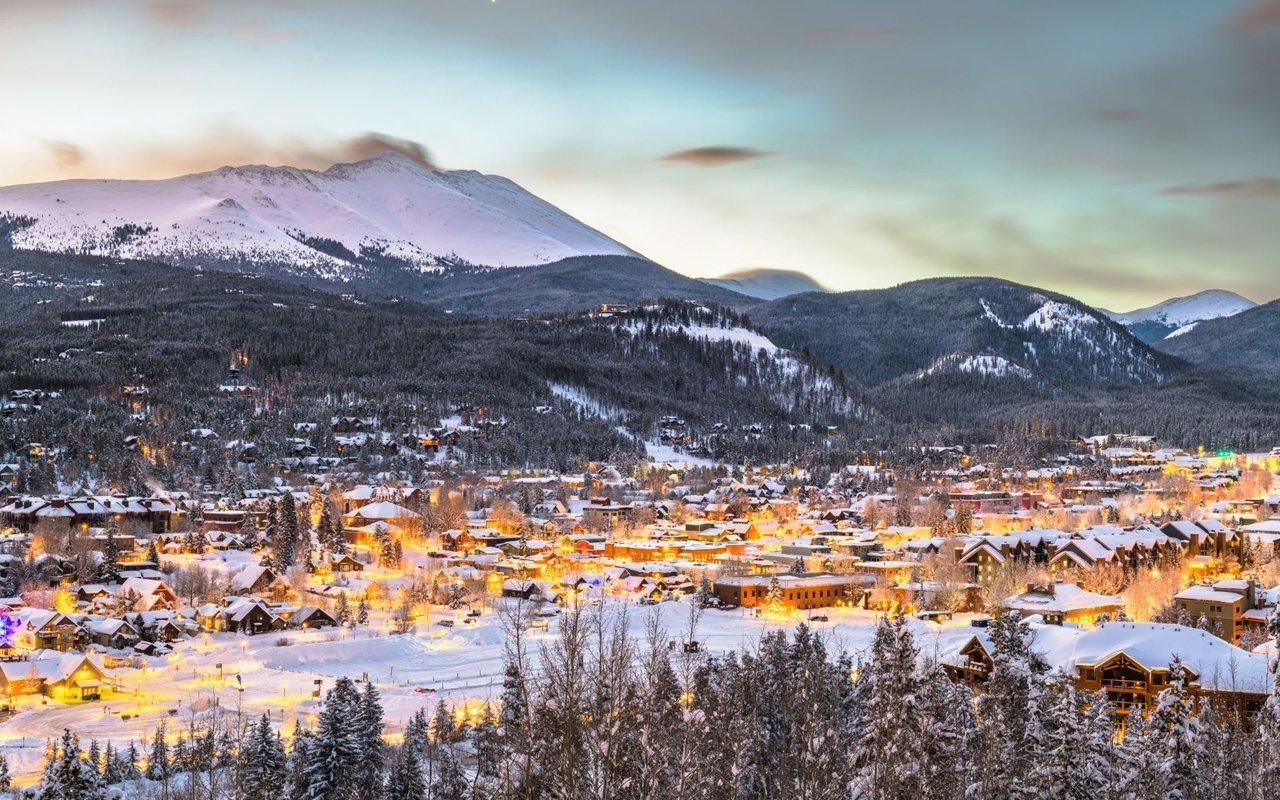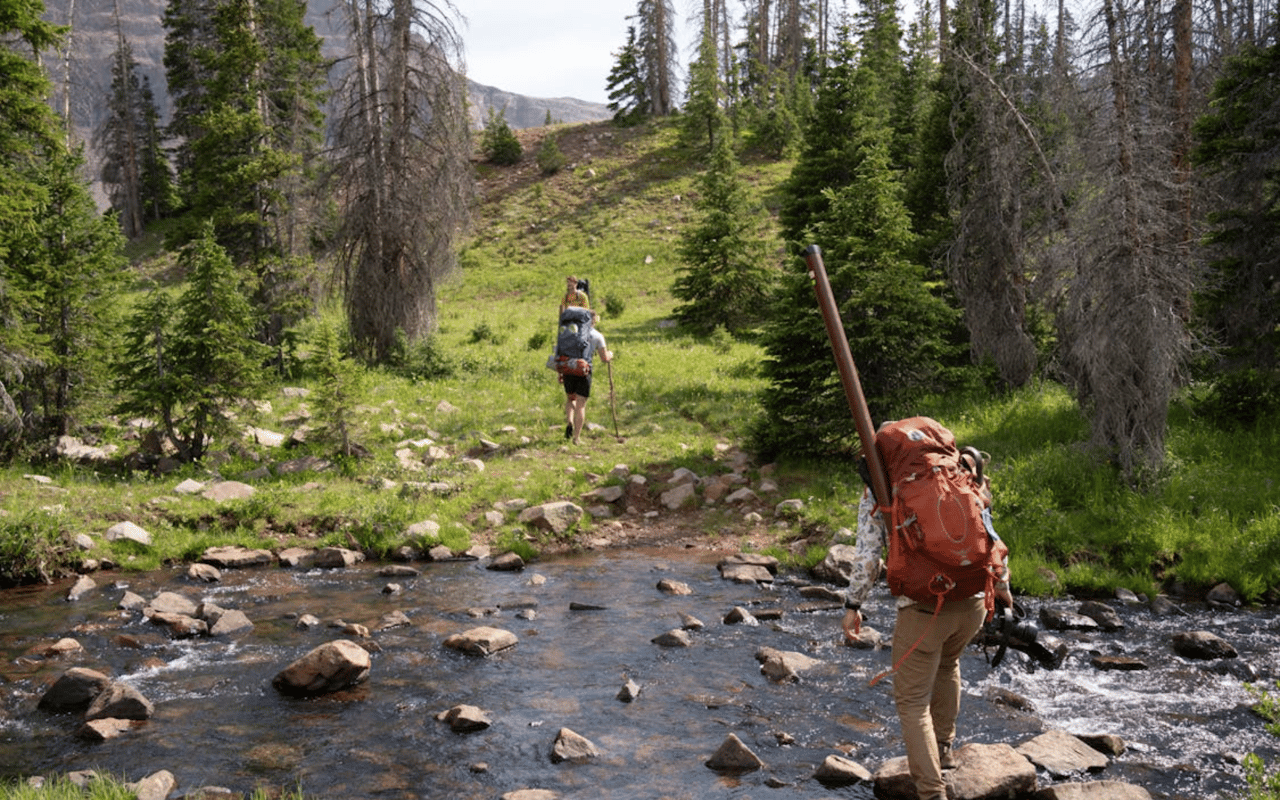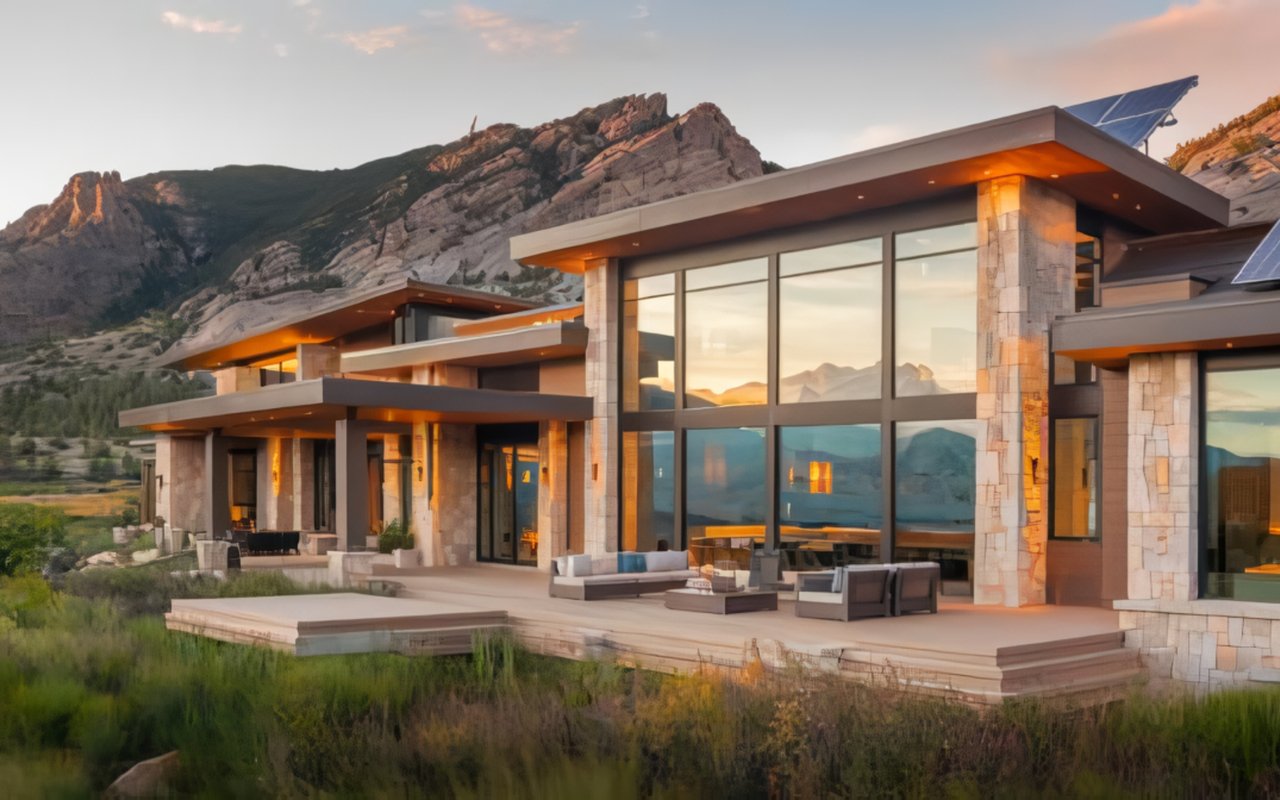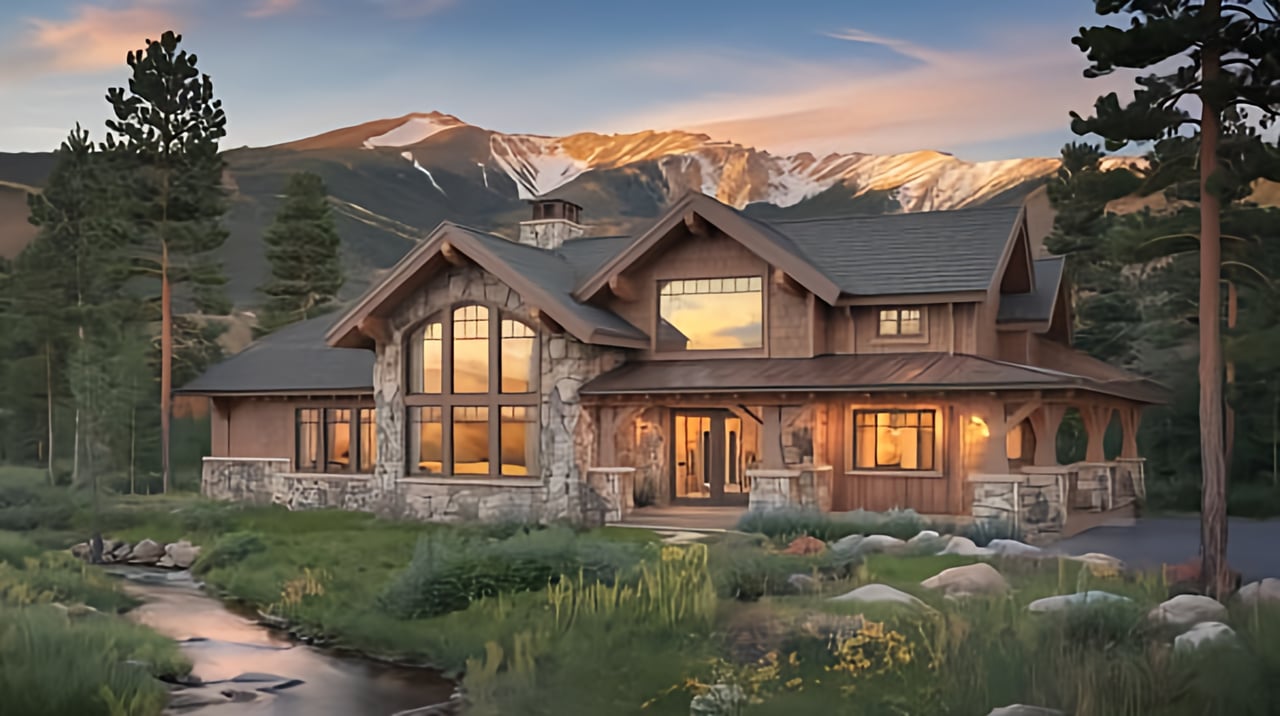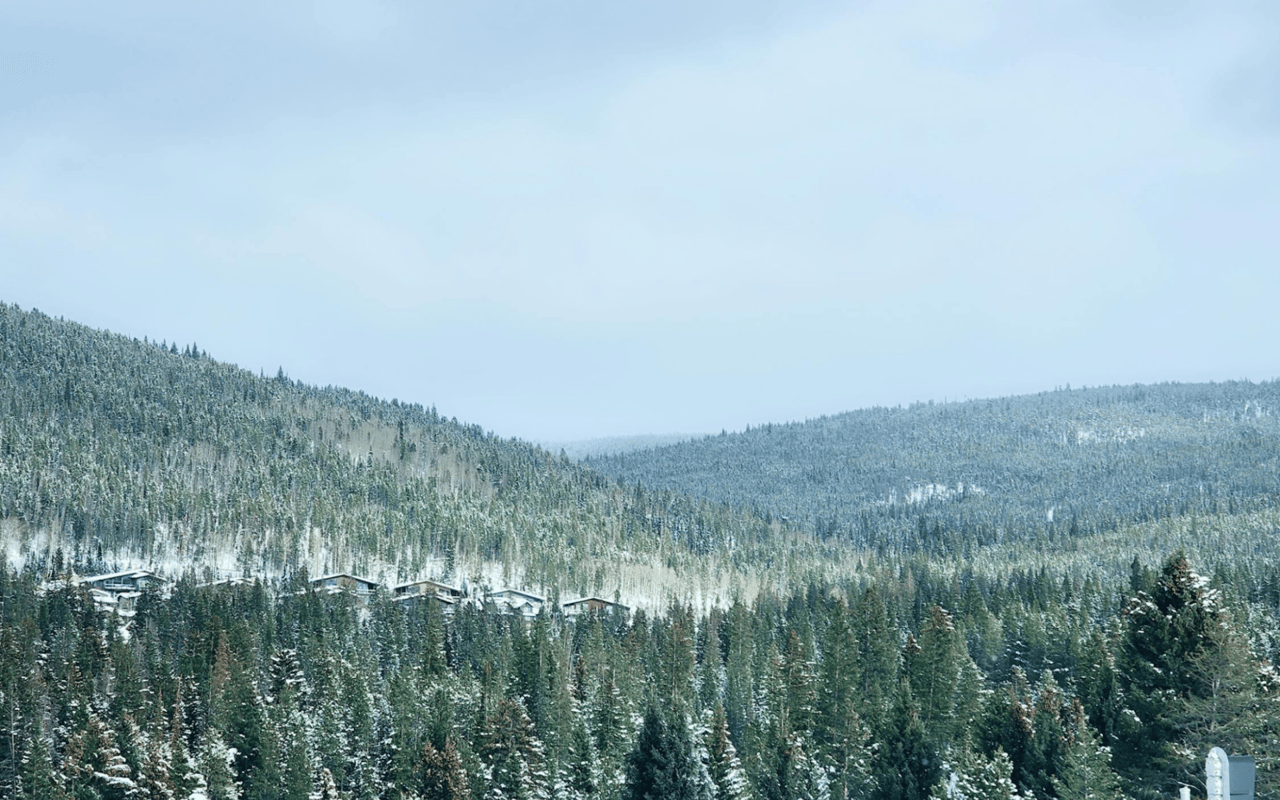Breckenridge, Colorado, is a popular destination for outdoor enthusiasts seeking an exciting experience. A crucial aspect of planning your trip is understanding the Breckenridge weather.
This comprehensive guide will walk you through the different seasons and what to expect during your stay in this beautiful mountain town.
An Overview of Weather in Breckenridge
Nestled in the heart of the Rocky Mountains, Breckenridge is known for its variable weather conditions. Throughout the year, you can expect to experience everything from the blowing snow and showers to the breezy, sunny days.
The town’s high elevation contributes to this diverse climate, making it an exciting destination for visitors. Let’s dive into the specifics of each season.
Key Takeaway: Breckenridge’s high elevation results in variable climate conditions, making it an exciting destination for outdoor enthusiasts
Winter Wonderland: Snow Showers and then Patchy Blowing Snow
The winter months in Breckenridge bring cold temperatures and plenty of snow. Snow accumulation can vary, with new snow accumulating from a few inches per day to several feet at once. During this season, you’ll often encounter west and northwest winds with gusts, which can cause blowing snow and reduced visibility.
Visitors should also be prepared for wind chill and gusts, which can make temperatures feel even colder. Highs typically hover around the freezing mark, with windy, overnight lows dropping well below zero. Despite the gusts and cold, many people flock to Breckenridge for its world-class skiing and snowboarding.
Key Takeaway: Winter in Breckenridge offers abundant snowfall and cold temperatures, perfect for skiing and snowboarding enthusiasts.
Spring Thaw: Light Snow Forecast and Partly Cloudy
As the snow begins to melt, spring in Breckenridge emerges with a mix of light snow and partly cloudy days. Snow accumulation and snow showers decrease, but you can still expect some new snow accumulation, particularly in April. West winds shift to southwest winds, bringing warmer air and some gusts.
Daytime temperatures start to rise, with highs in the high 40s and low 50s. However, nights can still be quite chilly, with lows in the low to middle 20s. This transitional season offers a blend of winter and summer activities, making it an exciting time to visit.
Key Takeaway: Spring in Breckenridge is a time of transition, offering a mix of winter and summer activities as temperatures gradually warm.
Summer Adventure: Mostly Sunny and Warm Temperatures
Summer in Breckenridge is a paradise for outdoor enthusiasts, with mostly sunny days and comfortable temperatures. Highs range from the high 60s to low 70s, with overnight lows in the high 40s. The occasional afternoon thunderstorm is common, but these storms are typically brief.
This is the perfect time for hiking, mountain biking, and enjoying the breathtaking scenery. The southwest winds of spring transition from gusts to more stable breezes, making it an ideal chance to learn about and explore the outdoors.
Key Takeaway: Summer in Breckenridge offers mostly sunny days and comfortable temperatures, perfect for hiking, mountain biking, and other outdoor adventures.

Population Density and Map of Colorado Counties,
Fall Delights: Partly Sunny and Cool Breezes
Fall in Breckenridge is marked by crisp air, cool breezes, and stunning foliage. Daytime temperatures range from a high near the 40s to low 60s, while nights can dip into the 30s. The season is characterized by partly sunny skies and the slight chance of occasional light snowfall, particularly towards the end of fall.
The aspen trees put on a show, with their golden leaves creating a breathtaking backdrop for outdoor activities. Hiking, biking, and scenic drives are popular during fall, allowing visitors to take in the beauty of the changing landscape.
Key Takeaway: Fall in Breckenridge is a season of stunning foliage and crisp air, perfect for enjoying outdoor activities amid the colorful landscape.
Key Takeaways and Resources
Breckenridge’s unique location in the Rocky Mountains results in a diverse range of weather conditions throughout the year. From snowy winter landscapes to warm, breezy, sunny summer afternoons, there’s something for everyone in this charming town. To help you plan your trip, here’s a summary of what to expect during each season:
-
Winter: Abundant snowfall, cold temperatures, and patchy blowing snow make it ideal for skiing and snowboarding.
-
Spring: A time of transition, offering a mix of winter and summer activities as temperatures gradually warm.
-
Summer: Mostly sunny afternoons and comfortable temperatures perfect for hiking, mountain biking, and other outdoor adventures.
-
Fall: Stunning foliage, crisp air, and cool breezes make it perfect for enjoying outdoor activities amid the colorful landscape.
For the most up-to-date weather forecast in Breckenridge, be sure to check the National Weather Service website or read the snow forecast from other reliable weather forecast sources the day or night before your trip. And remember, conditions can change rapidly in the mountains, so always be prepared for the unexpected.
FAQ Section
1. What Is the Typical Climate like in Breckenridge, Colorado?
The climate varies greatly throughout the year, with each day each season offering its unique conditions. You can expect snow in the winter, a mix of snow and sun in the spring, partly cloudy to mostly sunny and warm temperatures in the summer, then partly cloudy and cool breezes with colorful foliage in the fall.
2. How Much Snow Can I Expect During My Visit to Breckenridge?
Snowfall in Breckenridge is based highly on the season and current weather patterns. Winter months typically see the most snow, while spring and fall can have occasional snowfall. It’s essential to check the snow forecast at noon or the night before your visit to get accurate snow predictions.
3. How Strong Are the Winds in Breckenridge?
Wind conditions in Breckenridge can vary, with speeds ranging from light breezes to gusts exceeding 25 mph. Wind direction also changes depending on the season, with gusts, shifting from west/northwest winds in winter to west to southwest winds, to southwest winds in spring, and southwest winds in summer.
4. What Are the Average High and Low Temperatures in Breckenridge?
Temperature in Breckenridge fluctuates throughout the year. In winter, highs hover around the freezing mark, while lows can drop well below zero. Summer temperatures range from the 60s to low 70s during the day and 40s at night. Spring and fall temperatures are transitional, with a mix of warm and cool days.
5. How Reliable Is the Weather Forecast for Breckenridge?
Weather forecasts for Breckenridge are generally accurate, but the mountain location and winds could cause sudden changes in conditions. It’s always a good idea to check the weather forecast from a reliable source, such as the National Weather Service, the night or the day before your visit.
6. Can I Expect Clouds and Precipitation during My Stay in Breckenridge?
Clouds and precipitation in Breckenridge depend on the season and current weather patterns. Winter is generally cloudier with more snowfall, and precipitation while summer has more sun. Spring and fall can see a mix of sun and clouds, with occasional precipitation.
7. How Does Breckenridge's Location Affect Its Weather?
Breckenridge’s high elevation and location in the heart of the Rocky Mountains contribute to its diverse climate and wind conditions. The surrounding mountain ranges can cause rapid shifts in weather and wind patterns, making it an exciting destination for outdoor enthusiasts.
8. Who Can I Contact If I Have Questions about the Weather?
Our team at the real estate company is happy to help answer any questions you have about Breckenridge weather. You can also visit our site for regular updates and information on the local climate and snow forecast
9. What Are the Chances of Experiencing Extreme Weather during My Visit to Breckenridge?
The chance of extreme weather depends on the season and current climate patterns. Generally, the risk is relatively high in winter due to snowstorms and blizzards. It’s essential to read the snow forecast and plan accordingly for any unexpected weather events.
